If you have a registered account on our website, and you've previously added any items to your shopping cart, please log in to see them.
If you have not chosen anything yet, please feel free to browse our products.
2014-06-02
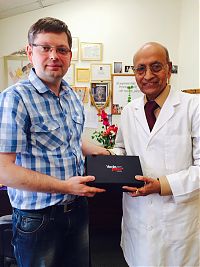 While developing algorithms for VedaPulse™ computer pulse diagnosis, I was using ideas of a famous Ayurvedic doctor in the West – founder of Ayurvedic Institute and Advisor to National Ayurvedic Medical Association of the USA – Dr. Vasant Lad. And recently I had a chance to meet him in person in his Institute’s headquarters in Albuquerque, NM and to demonstrate my device.
While developing algorithms for VedaPulse™ computer pulse diagnosis, I was using ideas of a famous Ayurvedic doctor in the West – founder of Ayurvedic Institute and Advisor to National Ayurvedic Medical Association of the USA – Dr. Vasant Lad. And recently I had a chance to meet him in person in his Institute’s headquarters in Albuquerque, NM and to demonstrate my device.
2014-01-30
 Among the various tasks which can be solved by the digital pulse diagnosis “VedaPulse”, the analysis of 12 main meridians is included.
Among the various tasks which can be solved by the digital pulse diagnosis “VedaPulse”, the analysis of 12 main meridians is included.
For understanding the results of their analysis, it’s necessary to be familiar with the basic beliefs adopted in traditional oriental medicine. In this article are set out these basic concepts. But if we usually focus on the Ayurvedic approach, in this case, the issue will be considered from the standpoint of traditional Chinese medicine.
2013-12-03
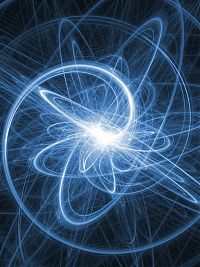 Imbalance of the five elements in the human body can cause different symptoms in accordance with characteristics or attributes inherent in that or other element, which are called Guna Dvanda (duality of attributes). Guna Dvanda was described by the ancient physician Charaka in his text “Charaka Samhita”, where he had allocated 10 pairs of the mentioned attributes by which you can diagnose and treat patients (Frank Ros, 2005).
Imbalance of the five elements in the human body can cause different symptoms in accordance with characteristics or attributes inherent in that or other element, which are called Guna Dvanda (duality of attributes). Guna Dvanda was described by the ancient physician Charaka in his text “Charaka Samhita”, where he had allocated 10 pairs of the mentioned attributes by which you can diagnose and treat patients (Frank Ros, 2005).
2013-07-10
 Dear colleagues, we start a series of articles dedicated to the new module “Nidan”, which extends abilities of the “VedaPulse” in assessing deepest and causal processes of disease development from the perspective of traditional Ayurveda.
Dear colleagues, we start a series of articles dedicated to the new module “Nidan”, which extends abilities of the “VedaPulse” in assessing deepest and causal processes of disease development from the perspective of traditional Ayurveda.
2013-06-03
 Pulse diagnosis traditions have become widespread due to the works of Tibetan, Chinese and Ayurvedic medical schools.
Pulse diagnosis traditions have become widespread due to the works of Tibetan, Chinese and Ayurvedic medical schools.
2013-05-26
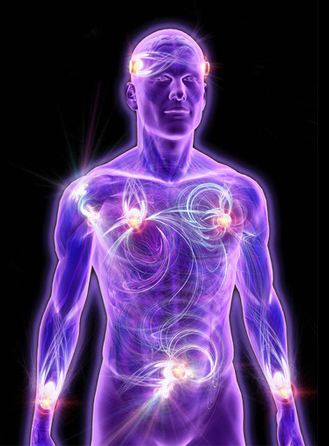 After a five-minute survey VedaPulse program automatically calculates the set of indices that characterize the psycho-physiological state of a person. The most important of these indicators have pop-up tips that include both physiological significance and normatives. However, novice users often get lost, do not know where to start. In this article we begin a cycle of successive materials on how to conduct the analysis. And we will move from the general to the specific.
After a five-minute survey VedaPulse program automatically calculates the set of indices that characterize the psycho-physiological state of a person. The most important of these indicators have pop-up tips that include both physiological significance and normatives. However, novice users often get lost, do not know where to start. In this article we begin a cycle of successive materials on how to conduct the analysis. And we will move from the general to the specific.
2012-11-09
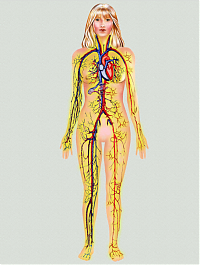 The fact that a pulse can show how are a liver, a colon and other organs, was well known already for doctors of antiquity. Using of modern tools such as VedaPulse allows to do it with even greater precision.
The fact that a pulse can show how are a liver, a colon and other organs, was well known already for doctors of antiquity. Using of modern tools such as VedaPulse allows to do it with even greater precision.
2012-07-27
 In a previous article, “Cardiointervalography: simplifying difficulties” we considered in detail how the primary analysis of the heart rate variability is conducted and how a cardiointervalogram constructs – the graph that illustrates sequential changes in a heart rhythm. Let’s continue our story.
In a previous article, “Cardiointervalography: simplifying difficulties” we considered in detail how the primary analysis of the heart rate variability is conducted and how a cardiointervalogram constructs – the graph that illustrates sequential changes in a heart rhythm. Let’s continue our story.
2012-06-28
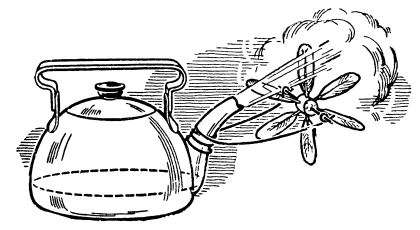 Everyday we use a lot of things not having a clue about how they work. Digital pulse diagnostics VedaPulse is not an exception to the rule. We can use it without understanding how it works. But, nevertheless, if a user would take the trouble to understand how the heartbeat rhythm is transformed into the set of charts and indexes which reflect the physiological conditions of the body, it should raise him to a much higher level of understanding of the possibilities of the VedaPulse diagnostic complex, and the Physiology as a whole.
Everyday we use a lot of things not having a clue about how they work. Digital pulse diagnostics VedaPulse is not an exception to the rule. We can use it without understanding how it works. But, nevertheless, if a user would take the trouble to understand how the heartbeat rhythm is transformed into the set of charts and indexes which reflect the physiological conditions of the body, it should raise him to a much higher level of understanding of the possibilities of the VedaPulse diagnostic complex, and the Physiology as a whole.
2012-02-29
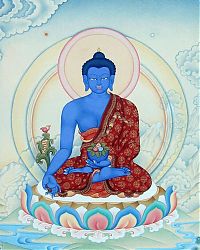 In this article we shall speak how to analyze the VedaPulse surveys from the viewpoint of the Indo-Tibetan Medicine. After testing, the VedaPulse automatically calculates the indicators and displays the graphs ‘Physiological tendencies in body functions regulation’ (VPK) and ‘Meridians’. Both of these graphs reflect the views, which are accepted in the Indo-Tibetan Medicine. The article ‘Therapeutic approach based on body type constitution’ describes the VPK graph and its considering from the viewpoint of modern physiology. So, according to ideas of the Indo-Tibetan Medicine there are three primary forces (Dosha) in the human body: Vata, Pitta, Kapha.
In this article we shall speak how to analyze the VedaPulse surveys from the viewpoint of the Indo-Tibetan Medicine. After testing, the VedaPulse automatically calculates the indicators and displays the graphs ‘Physiological tendencies in body functions regulation’ (VPK) and ‘Meridians’. Both of these graphs reflect the views, which are accepted in the Indo-Tibetan Medicine. The article ‘Therapeutic approach based on body type constitution’ describes the VPK graph and its considering from the viewpoint of modern physiology. So, according to ideas of the Indo-Tibetan Medicine there are three primary forces (Dosha) in the human body: Vata, Pitta, Kapha.